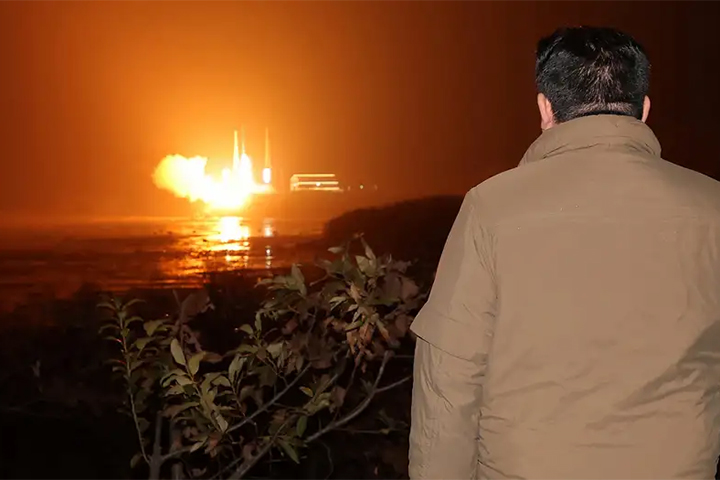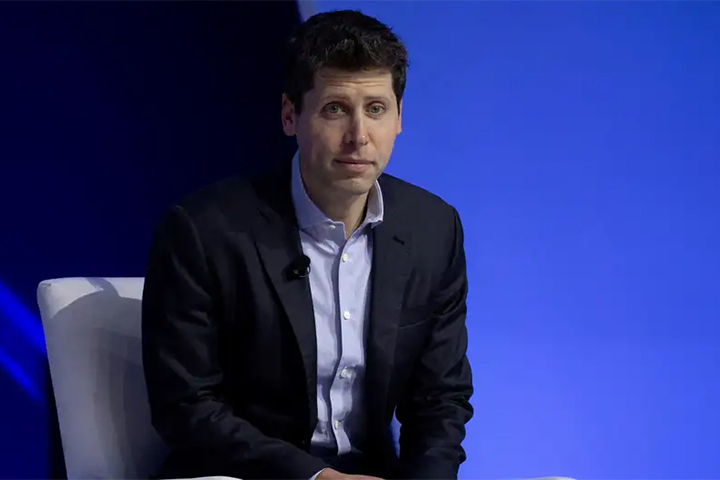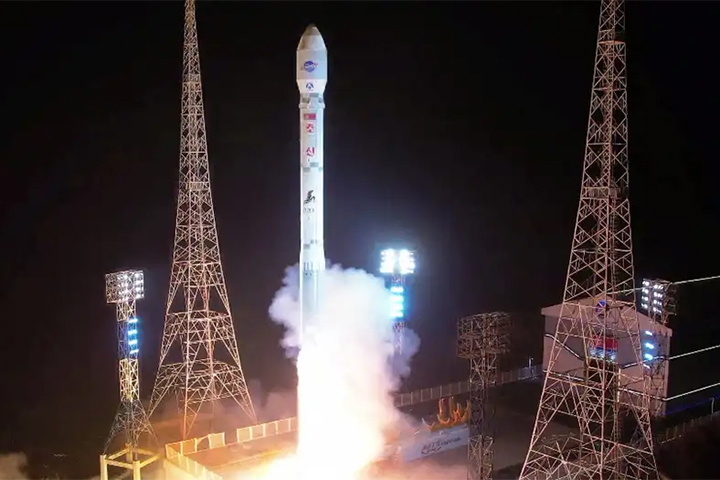What the end of the Hollywood actors' strike means
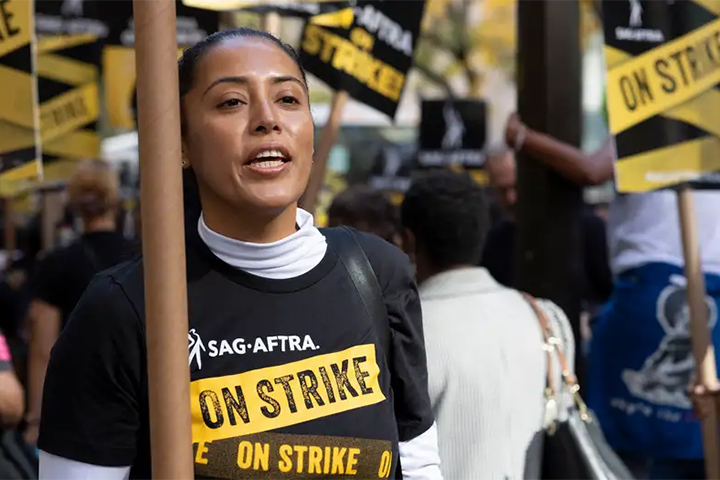
The US actors' union agrees to a new deal with studios and streaming services tentatively ending a historic strike. The deal shows a power shift in Hollywood.
After nearly four months on strike — the longest legal action in its history — American actors' union SAG-AFTRA has agreed to a new, three-year deal with the Alliance of Motion Picture and Television Producers (AMPTP), the group that represents the major studios, US television networks and streaming services like Netflix, Amazon and Apple TV+.
SAG-AFTRA's members still need to formally approve the deal but most expect the vote will be strongly in favor.
The actors' strike, and that of the Hollywood's Writers Guild, the WGA, which lasted from May through September this year, effectively shut down film and TV production across the US.
While some movies and series were able to secure interim agreements from the union to keep shooting, many hit shows, including "Emily in Paris," "The Last of Us," "Law and Order," "The White Lotus," "Yellowstone," and blockbuster films such as "Gladiator 2," the "Avatar" sequels, as well as new "Transformers," "Spider-Man" and "Superman" movies, were put on hold.
Tens of thousands of workers, both actors and so-called "below-the-line" employees, from set designers to audio technicians to make-up stylists, lost their jobs. The economic damage to the US economy runs into the billions.
The strike also disrupted Hollywood's promotional ecosystem, since actors were prohibited from promoting their movies at premieres and red carpet events while negotiations were still underway.
Some films, notably "Dune 2" and "Challengers," both starring Zendaya, delayed their releases until next year to make sure their stars will be available to promote them.
Oscar promotion can kick off
The end of the strike is also a boon for the Oscar season, which can now kick off in earnest with award contenders available to do the rounds of talk shows and magazine profiles.
Restarting Hollywood could bring its own problems, however. As everyone rushes to get their movies and shows into production, there's a risk of a bottleneck as demand for actors, cinematographers, editors and costume designers outstrips supply.
But that's a small price to pay for getting the dream machine going again. The studios, in particular, were desperate to reach a deal before the end of this year, in the hopes of salvaging a portion of their broadcast TV schedule and getting enough films shot and in the can before next summer.
AI issues at the core of the crisis
Like any contract negotiation, the actors strike was about wages, and with the new deal, SAG-AFTRA secured a substantial bump in minimum rates — the base daily salary for an union actor on a film or TV shoot — for its members.
But the real battle was over the future. The new technologies of streaming and artificial intelligence dominated negotiations.
Hollywood's creative classes felt global streamers weren't properly compensating them for their work. An actor or writer on a television series typically gets paid an upfront salary plus compensation, or residuals, every time the show is rerun, or sold to a cable channel or international broadcaster. Netflix and co. broke that model by doing buy-out deals, paying talent a one-time lump sum to acquire a series worldwide to show on their platform in perpetuity.
Under the new SAG-AFTRA deal, talent working on big-budget streaming series and movies will get a 100 percent bump in performance compensation bonuses if their work is a hit, meaning it crosses certain viewership thresholds. While this is unlikely to mean much for most union members — the bulk of Netflix series won't be hits — it marks a sea change by requiring streamers to share their profits with the people who make their shows.
Artificial intelligence was an even bigger sticking point, with the unions determined to limit how the studios and streamers could use new AI technology.
Actors in particular were worried studios and streamers would begin to use AI scans of their likenesses and voice performances to insert them into new films and shows without their approval or compensation. This is a real threat.
"Black Widow" star Scarlett Johansson recently took legal action against an AI app that used her name and likeness in an online advertisement without her permission. Last month, Tom Hanks took to Instagram to warn his fans that a dental plan was using an unapproved AI-generated image of him for one of their promotional videos.
The new SAG-AFTRA deal puts guardrails on the use of AI and requires producers to secure approval to scan and reuse an actors' performance. The AMPTP has also agreed to keep meeting with the union over the next two and half years until the next contract negotiations, to discuss AI as the technology advances.
Power shift in Hollywood
As Hollywood's fiercest labor dispute in a generation comes to a close, the creatives, not the suits, appear the clear winners. Most of SAG-AFTRA's demands were met and the union secured concessions on the most contentious issues, including streaming compensation and restrictions on AI.
The solidarity within the union — big stars like George Clooney, Scarlett Johansson and Leonardo DiCaprio expressed their support for the strike, alongside rank-and-file members — was a source of strength for SAG-AFTRA negotiators.
It may be a sign of a power shift within Hollywood. The studios have reason to be worried. Their contract with the International Alliance of Theatrical Stage Employees, the union representing technicians and craftspersons, is due to end November 2024. Another potential Tinseltown-shuttering strike looms on the horizon.
Comments
‘Gen V’ actor Chance Perdomo dies at 27 in bike accident

Salman Khan-Karan Johar’s ‘The Bull’ not shelved
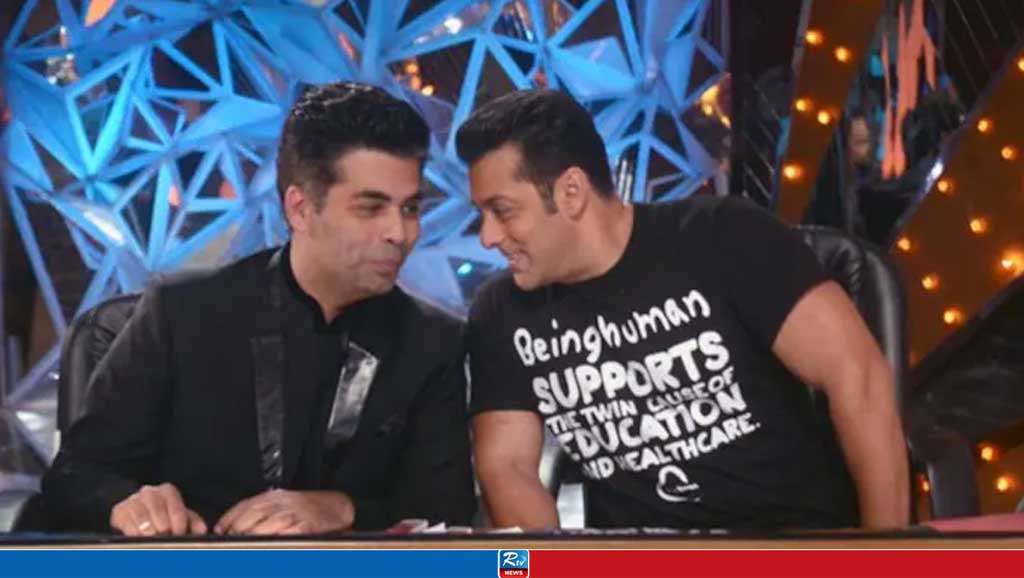
Taylor Swift joins world's richest on billionaire list
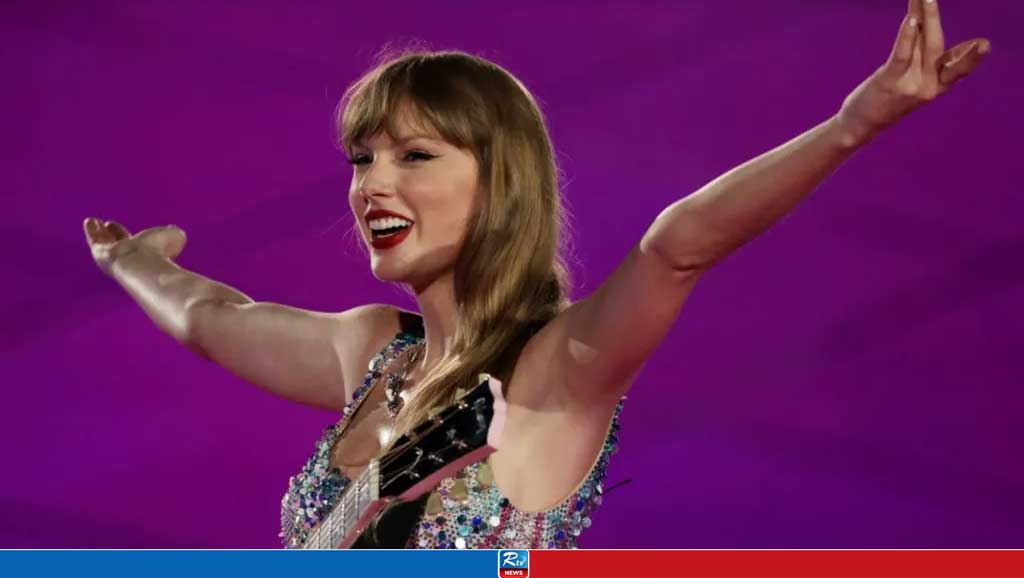
'We Live in Time' director calls Andrew Garfield, Florence Pugh 'extraordinary'
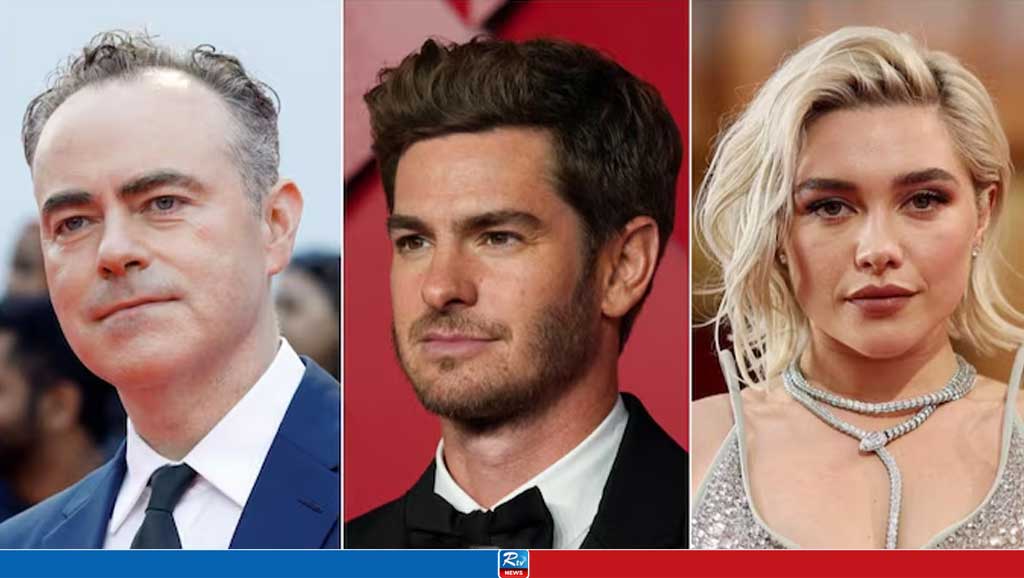
The Lion King' prequel released

ABBA: Unexpected success story that started 50 years ago
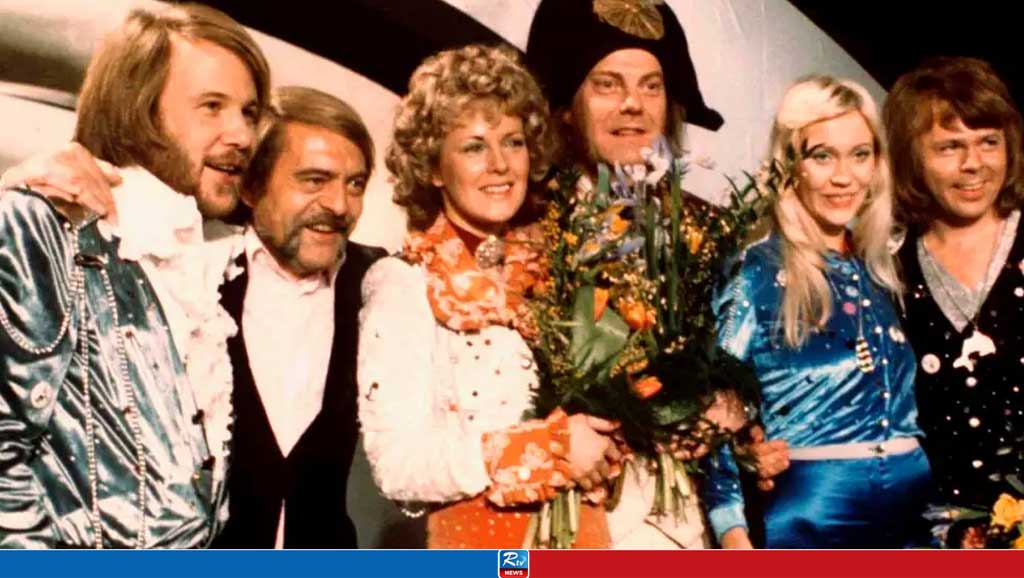
Angelina Jolie alleges ‘history’ of Brad Pitt’s physical abuse


 Live Tv
Live Tv


